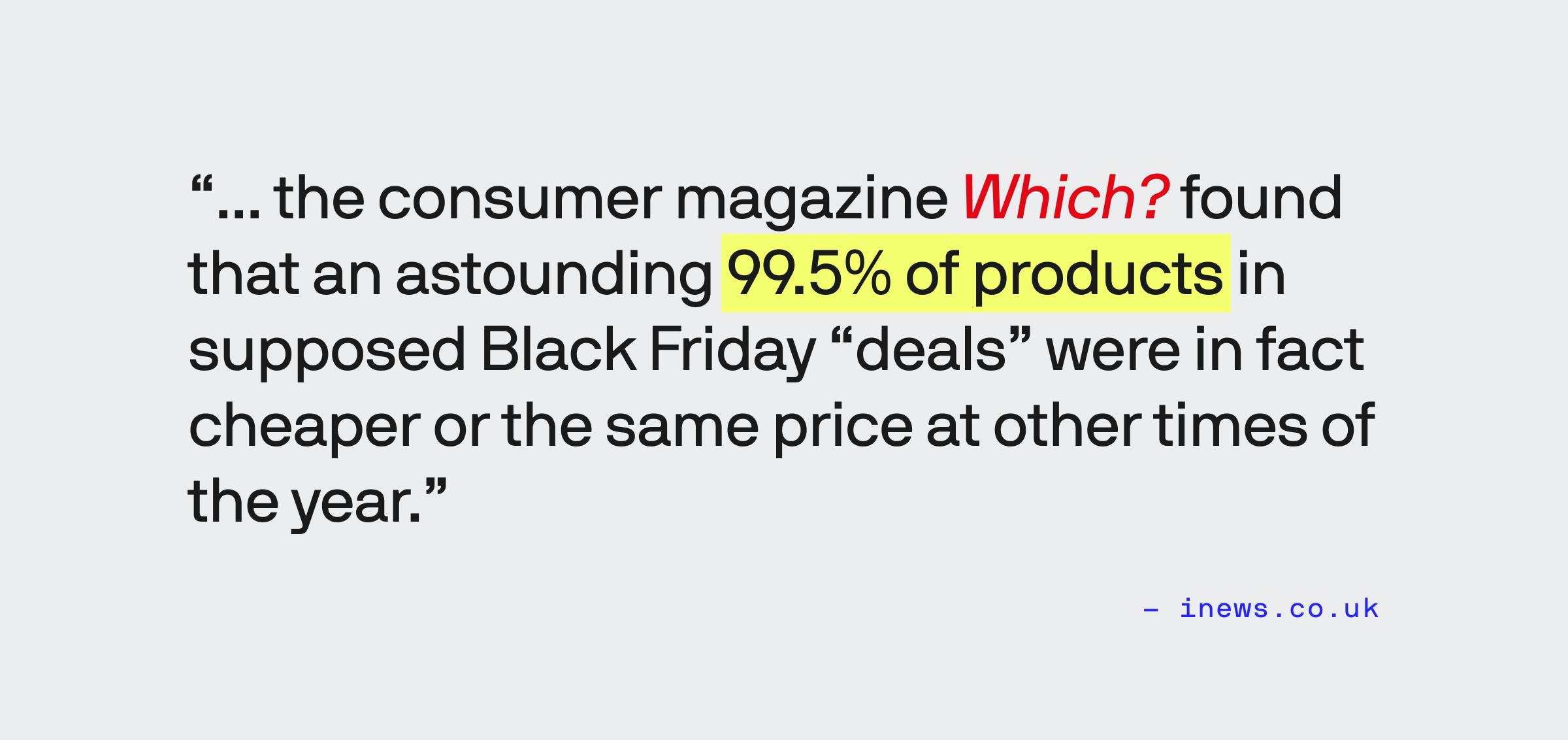Ethical Pricing: It Pays Off in the Long Run
We all love great deals and last-minute sales. What we don’t like is feeling cheated after a purchase.
Unfortunately, some companies employ sneaky methods to increase their revenue in the short term at the expense of two core factors in business success: long-term brand loyalty and a good reputation.
In this article, we’ll look at some less-than-ethical methods of presenting pricing to the consumer, and contrast those with tips on using pricing in an effective and ethical way.
Getting Pricing Right
Pricing a product in the sweet spot is a difficult and complicated task. You need to make your target profit margins, and target sales. That is what drives business. You deliver something of value and price accordingly. Yet some companies decide to apply dubious strategies to convince consumers to buy their offering at the price they put forward. This is where tricks to persuade a consumer can take place. In some cases, the tricks are effective in getting a sale. But in cases where persuasion is misused, it can have unintended negative consequences for the company that harm profitability in the long run.
Let’s take a few minutes to understand unethical pricing. It’s valuable to be able to distinguish between ethical persuasive mechanisms and those that cross ethical lines.
How Deceptive Pricing Can Hurt Business
Many companies leverage the concept of discounted pricing in order to influence a consumer to purchase. This is not unethical per se. However, a pricing strategy can quickly go from “perfectly fine” to “yikes, that’s unethical” when tactics favor heavy persuasion or behavioral psychology to either trick, “hook,” or captivate customers.
To put it differently: it’s not necessarily the pricing itself that can be problematic, it’s the framing – or presentation – of that pricing that can place it in the unethical category.
Let’s look at some examples.
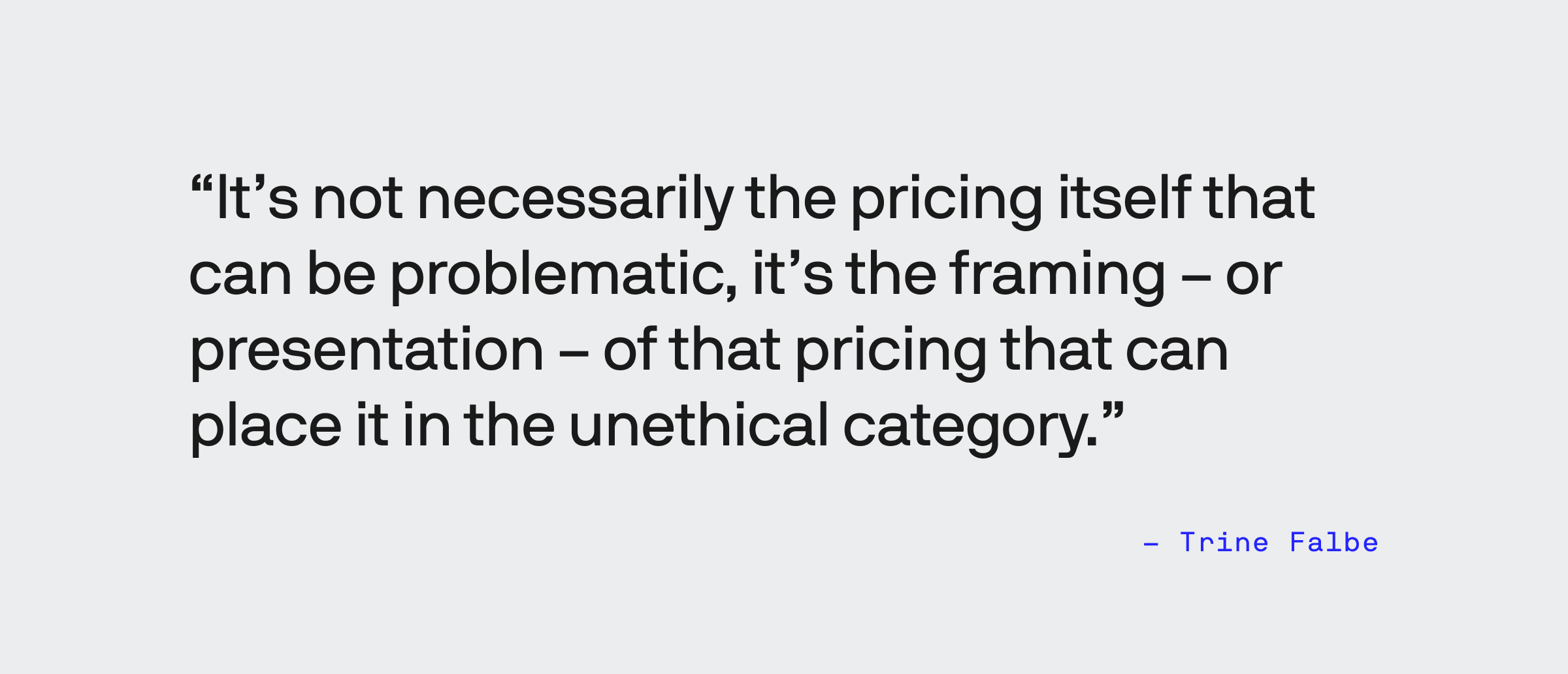
Dubious Discounts Ruin Customers’ Trust
Who doesn’t love a discount? Most of us would probably agree that discounts are wonderful for us as customers because they allow us to save money and maybe even feel like we’ve gotten a great bargain.
To be clear, genuine discounts are not unethical. If you are lowering your profit margin to gain more customers, as a marketing tool, or to purge inventory, that is expected and completely on the level. Discounts are known to trigger a sense of FOMO (Fear of Missing Out) in the customer’s mind, which means they’ll be more inclined to buy. Again, if the discount is genuine, it’s a completely reasonable tactic.
However, some discounts are not genuine. Sometimes they’re downright fraudulent. One manipulative trick that many companies have employed is to bump up the price of an offering in advance of an expected high-volume sales window. Doing so falsely increases the pre-sale pricing so that when discounted, the profit margin for the company remains the same.
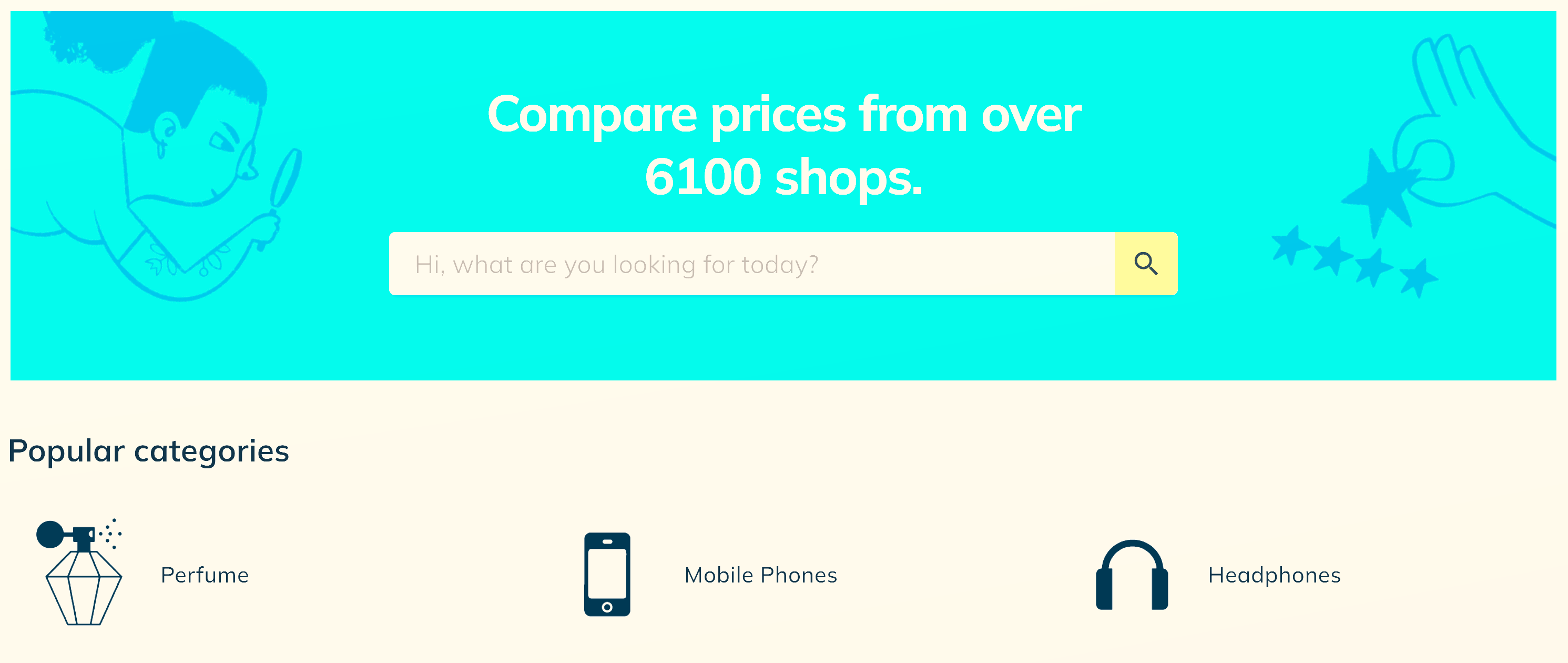
Thankfully, some services like PriceSpy help us understand these trends better and, of course, allow us to save money as consumers. | Source: PriceSpy
This type of deceptive pricing is common in advance of popular shopping periods, such as holidays. A recent study showed that 31% of products from 6,100 shops monitored by the comparison website PriceSpy increased in price between October and November 2022. This was just in advance of the notorious super-discount long weekend: Black Friday and Cyber Monday. This is when consumers expect to find amazing deals and go into a frenzy to find the best discounts. Slashing costs on artificially inflated prices isn’t an actual discount for customers. The trick served only to lend to the illusion of a discount.
Misleading discounts fall into the unethical category of pricing. There is clear evidence that this type of pricing manipulation makes consumers feel deceived, and that it ultimately hurts sales in the long run. According to this interview done by Inews, money and consumer rights expert Martyn James notes: “The public has been learning from reports about nefarious tactics…shoppers have become very cynical about Black Friday and whether the bargains are real or not…the sheer repetition of warnings and bad experiences over the years has reminded people that a lot of deals simply aren’t real.”
Freemium Trickery Backfires on Business
Just as with discounts, most of us love free stuff, right? Providing a free tier for a software product is a great tool for acquisition purposes. Not only does a freemium tier broaden reach and serve as a fantastic marketing tool, it allows customers to experience the value of the offering without having to commit to a purchase. If they are content with the features they can access at the free tier, they can happily remain there indefinitely. Those with unserved needs at the free tier can opt to level up as they see fit. When done right, the freemium pricing model is of mutual benefit.
Where freemium goes wrong is when the free product is not adequately usable or valuable, and an up-sell is required to use the product properly. Zoom is actually a great example of a tool with a well-functioning freemium tier since they offer a free version of the software with up to 40 minutes of call time. Imagine if the call time was only 10 minutes before having to level up to a paid tier. That would be freemium trickery.
Hidden Costs Make Customers Leave
There are times when a consumer will expect to see additional charges on a purchase, such as the addition of shipping costs at checkout. It’s not deceptive to wait to disclose shipping costs until a calculation on pricing has been made after verifying the customer’s location.
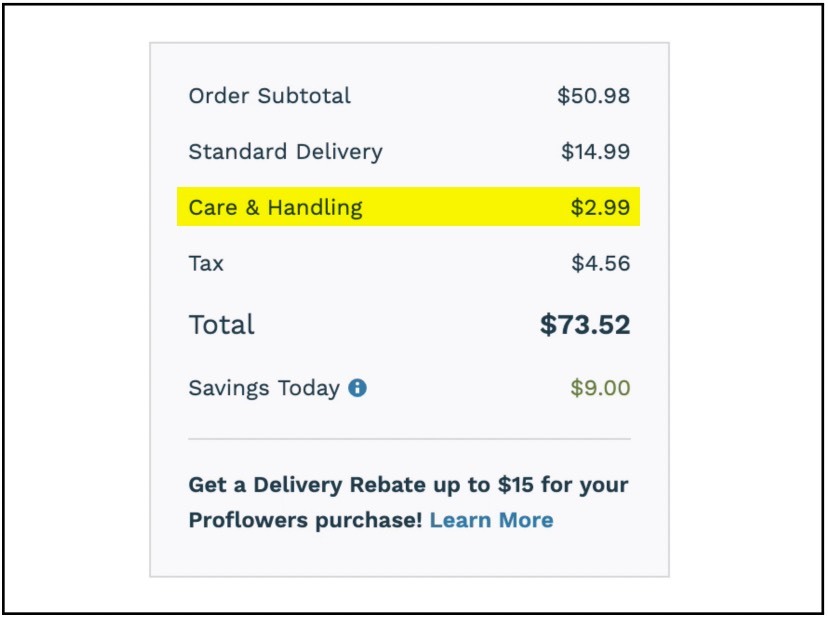
These occurrences are unfortunately common in eCommerce and other digital products. | Source: Twitter
What does cross the line is when a business sneaks in hidden fees after the initial upfront pricing. These are often called “transaction” or “administrative” fees. Such fees can be deliberately hidden or obfuscated from the customer to avoid a negative impact on their buying decision. The tactic of adding fees last minute or when it is too late to turn back after making an initial investment is unethical. This trick has been known to occur when purchasing airline and theater tickets, or with hotel charges and banking.
A (not so) fun fact from Baymard Institute’s research on checkout abandonment reveals that 24% of users have abandoned an order within the past three months because they couldn’t see or calculate the total order cost. Hiding costs from upfront pricing may succeed in making the consumer believe they are getting a better deal than they are in reality. But once the consumer recognizes the lack of transparency there is a high likelihood that they will halt the purchase or regret the purchase entirely. Both reactions are harmful to the business’s bottom line.
The Quiet “End of Trial” Has Long-Term Consequences
Trials and subscriptions go hand in hand in many customer acquisition models, especially for mobile products. The concept of the free trial is to allow customers to enjoy the core functionality of an offering for a predetermined, limited window of time.
But sometimes, businesses neglect to remind their customers when a trial period is almost over, and billing is about to occur. This often results in an unwitting customer kicking themselves for forgetting to cancel the trial on that app they only opened once.
Some companies – like Luxplus – take it even further and automatically sign customers up for a membership if the default, discounted price is selected by the customer. Some would claim that this is double-deceptive; first, using deceptive design tricks to have people sign up, and next, using auto-renewal to get that subscription money rolling in.

No one likes getting to the end of a checkout process only to find more fees that weren’t previously disclosed.
Some mechanisms allow this to happen very easily – one of them being the auto payment enabled when starting a product trial in the Apple App Store. Since a customer’s payment method is already stored, the second the trial period is over the customer is automatically billed.
Sometimes the quiet end of a trial kicks off a monthly subscription, but in some cases, a hefty annual subscription is billed – and forgetting to cancel can be a very costly mistake. The business might think they’ve gained a month or even a year’s worth of sales, but what they’re forgetting is the backlash that comes with this type of deceptive practice. A simple email reminder to the consumer of the impending end of the trial would minimize the risk of the company being construed as unethical.
Pricing Differently Based On a Person’s Data is Next-step Unethical
Digital tracking and profiling, combined with advanced customer management technologies, personalization, and testing, has become a powerful way to systematically influence people’s behavior. One particularly problematic way this surfaces is in personalized pricing.
Personalized pricing manifests itself as different prices for different people, and is essentially the result of predicting how valuable someone might be as a customer in the long term, or how much someone is likely to be willing to pay at a specific moment.
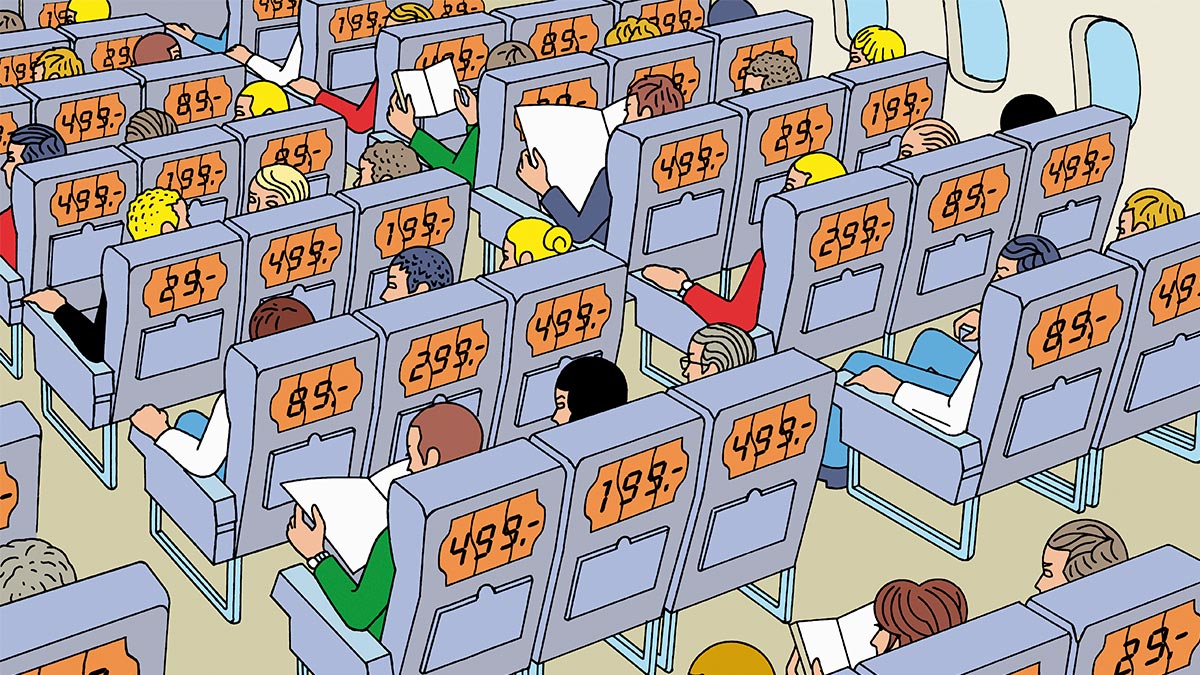
Earned discounts are one thing but demographic-based pricing is recipe for upsetting people once they learn the rates others are paying. | Source: HBR
No matter how personalized pricing is framed, it can only be seen as unethical. Not because it’s unfair to offer different prices in different situations – which businesses do all the time through discounts – but because of the lack of transparency. It is invisible to the end customer that different prices apply, and that’s a no-go.
Tips for Responsible Pricing
The key to improving on the ethics scale when it comes to pricing strategy is transparency, one of the core principles of ethical design.
Transparency in pricing upholds certain characteristics: it is non-manipulative, honest and doesn’t hide the fine print.
Here are 3 specific ways to be more ethical in pricing:
Tip #1: Offer a Proper Freemium
We talked about the delicate line between an unethical and ethical freemium model earlier in this article. If a freemium model is to comply with ethical principles of design, it should:
- Be genuinely usable and functional.
- Meet the core user need(s) of the product.
- Be honest about its limitations.
A lot of businesses out there understand this. A great example of a well designed freemium model is the pricing model applied by ChatGPT. The freemium product is 100% usable, but the company identified a pain point related to capacity. As a result they offer a premium subscription, ChatGPT Plus, which includes access during peak hours, faster response times and priority access to new features.

For more insight on ChatGPT Plus’s subscription model, check out this LinkedIn post from Senior Product Designer, Noa Carmel. | Source: ChatGPT
Tip #2: Be Upfront about Fees and Charges
It might go without saying for some that not hiding costs is a prerequisite for ethical pricing – and it can’t be stressed enough that this is true.
Whether costs are associated with shipping, handling or transactions, the key to ethical pricing is to surface it all to customers to the greatest extent possible, and additionally, surfacing it early in the buying process. Doing so will address any pricing related customer concerns up front, which reduces hesitation. Even better, by surfacing fee messaging throughout the buying decision process, a company can build trust in the moment through demonstrated transparency.
Gumroad uses this approach in a smart way. It’s part of their key storyline, and is repeated throughout the additional information. They’ve clearly found out where customers might hesitate and have placed a confirming copy related to their pricing.
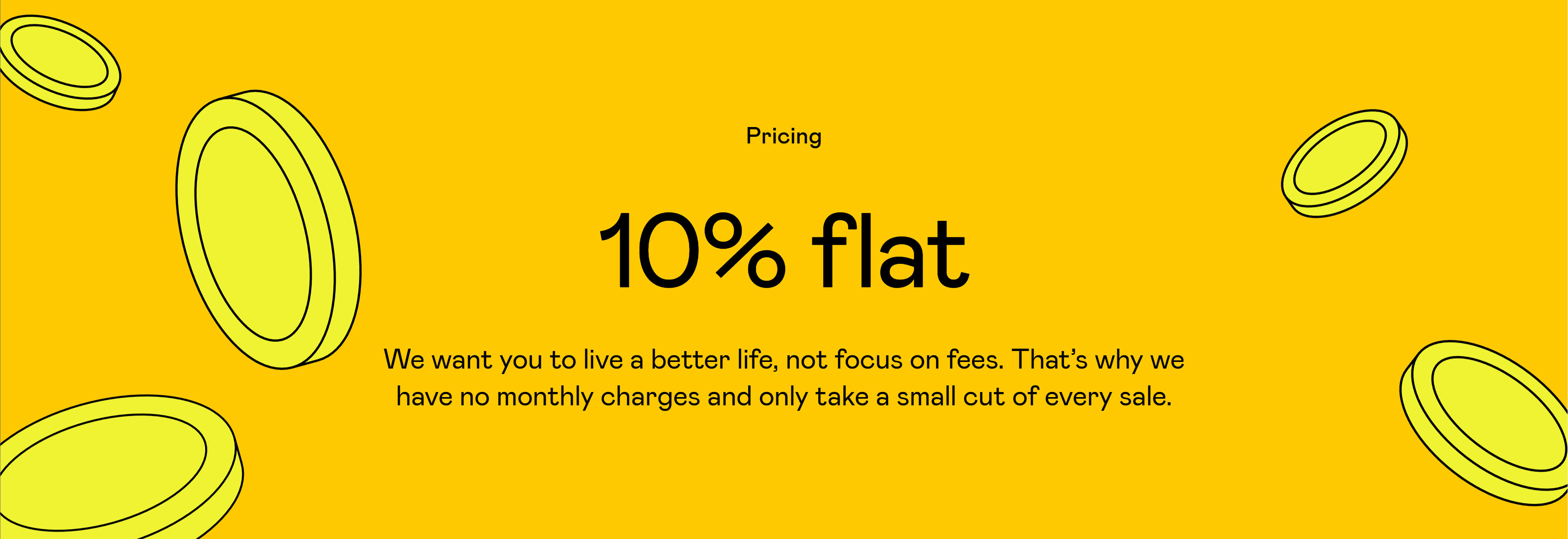
Consumer-to-consumer eCommerce site uses a flat rate for all transactions without extra nonsense fees. | Source: Gumroad
Tip #3: Consider Tips Instead of Fees
Responding to the backlash around unexpected fees, some companies are starting to make certain service fees optional and fully tip based. We consider this trend an example of “reverse repercussions”, which is a method that flips the traditional mechanism of charging customers a fee for transactions or over-spending.
The trading app Public removed trade fees and went with donations/tips on trades instead, which turns the entire mental model of trading upside down. It’s a great example of how innovation can disrupt even the most traditional mechanisms.
Getting Started With Ethical Pricing
To summarize, ethical pricing is all about transparency.
To become more ethical in pricing, start by analyzing the current state:
How transparent is the pricing now? Are all costs surfaced at the appropriate time in the buying process? If not, what is hidden and how can it be surfaced?
Finally, consider using better options such as genuine freemium or reverse repercussions.
Taking this course of action will help set a more ethical direction in pricing.
Contact Blue Label for help setting up your ethical pricing strategy.







